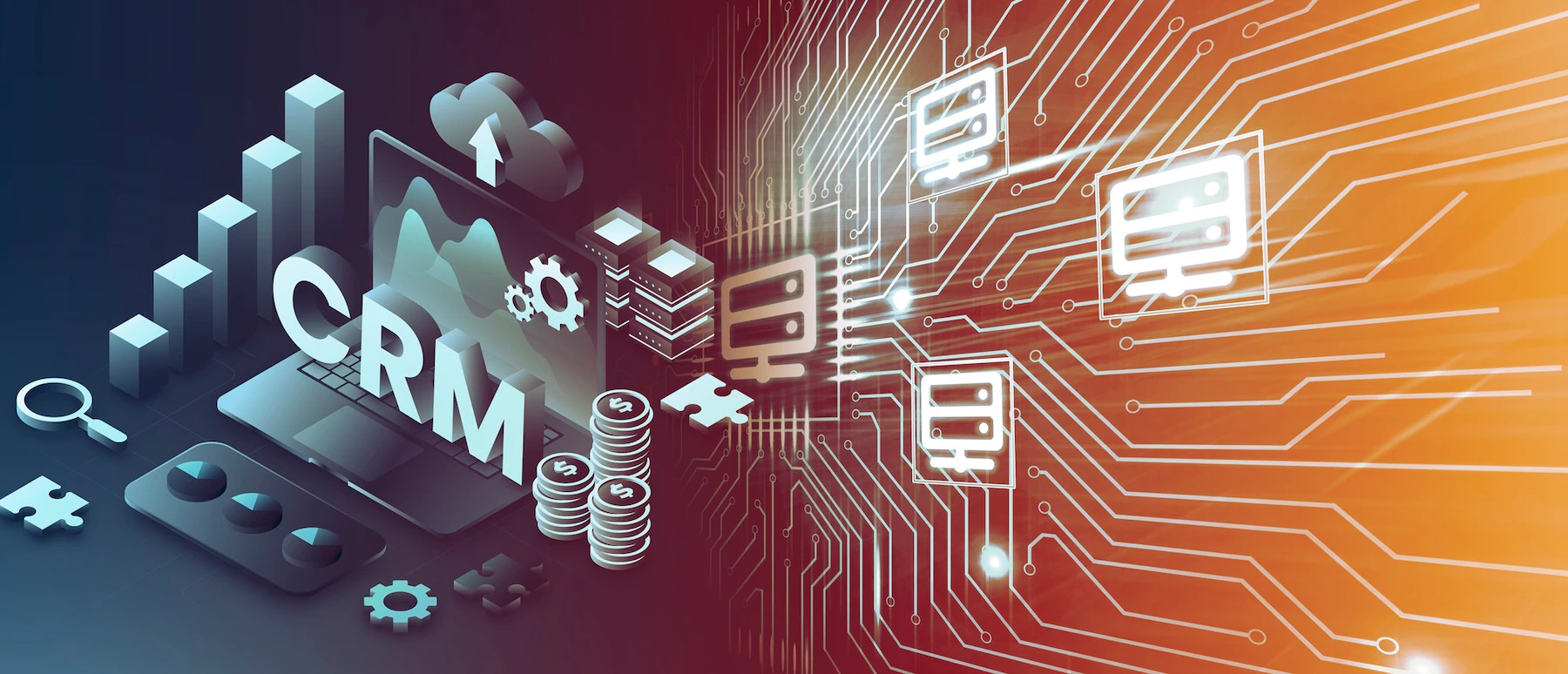Businesses are constantly seeking ways to use the power of information to drive growth, strengthen customer relationships, and optimize operations. Within this context, ERP and CRM systems are necessary tools for modern organizations. Their connection brings forward a set of advantages, from the ability to provide unparalleled customer experiences to the potential to revolutionize decision-making through real-time data insights.
However, achieving this harmony between ERP and CRM systems is challenging. The path to flawless integration requires careful planning, meticulous execution, and a solid commitment to quality. The benefits are transformative: enhanced customer satisfaction, operational efficiency, data-driven strategies, and the wanted advantage in an increasingly competitive landscape.
The Importance of ERP-CRM Integration
A flawless ERP-CRM integration is essential for your modern business. Your company’s success requires your ERP and CRM systems to talk to each other effortlessly, share valuable data, streamline processes, and enhance your customer service. You are handling sensitive customer and business data, so such integration can provide a significant competitive advantage and allow you to:
- Enhanced Customer Experience: You can provide personalized and efficient services by having a 360-degree view of your customers' interactions, enabling personalized and efficient service delivery.
- Operational Efficiency: Integration streamlines processes, reduces redundant data entry, minimizes errors, and saves valuable time, increasing productivity.
- Data-Driven Decision-Making: Real-time data access empowers organizations to make informed decisions fast, driving strategic and tactical choices.
- Competitive Advantage: Integrated systems provide a significant competitive edge by improving service quality, customer satisfaction, and operational agility.
- Cost Savings: Automation and reduced manual data handling result in cost savings over time.
- Improved Collaboration: Integration fosters collaboration between departments by breaking down data silos and promoting cross-functional insights.
- Scalability: A well-designed integration can scale with the business, accommodating growth without major disruptions.
- Compliance and Security: Integration ensures data security and compliance with industry regulations, safeguarding sensitive information.
Building the Flawless Integration:
-
Define Clear Objectives:
Before you begin, outline your integration goals. What specific data needs to be synchronized? What processes should be automated? Having a clear vision is key to success.
-
Choose the Right Integration Method:
There are various integration methods to consider, such as point-to-point, middleware, or API-based integration. The choice depends on your specific requirements and existing systems.
-
Select the Right Tools and Platforms:
Ensure that your chosen ERP and CRM systems support integration and offer robust APIs. Leverage any native integration capabilities they provide.
-
Plan for Data Mapping:
Understand the data structures of both systems and create a mapping plan. This ensures that data flows seamlessly between ERP and CRM without conflicts
-
Develop a Robust Testing Strategy:
Thoroughly test your integration to catch and address any issues early on. Consider using test environments to avoid disrupting your production systems.
Debugging the Integration:
Even with a well-planned integration, issues can arise. Here are some troubleshooting tips:
-
Integration Monitoring and Reporting:
Implement a robust monitoring and reporting system to keep a close eye on your integration's health:
- Real-time Dashboards: Create dashboards that provide real-time insights into data flow, error rates, and system performance.
- Alerting Mechanisms: Configure alerts to notify IT teams promptly when anomalies or errors occur, allowing for swift responses.
-
Error Handling Mechanisms:
Build error-handling mechanisms into your integration to manage unexpected situations gracefully.
-
Documentation and Knowledge Sharing:
Maintaining comprehensive documentation is crucial for long-term success by ensuring your IT team collaborates effectively:
- Integration Documentation: Document every aspect of your integration, including data mapping, configurations, and troubleshooting procedures to facilitate debugging and future improvements.
- Knowledge Sharing: Encourage knowledge sharing within your IT team to ensure that expertise is not concentrated in a few individuals.
-
Stay Updated:
Keep your ERP and CRM systems and any integration tools up to date with the latest patches and updates. This helps prevent compatibility issues.
Other topics to consider when thinking about an ERP-CRM integration:
Data Security and Compliance:
Ensuring the security and compliance of your integrated systems is paramount., so take the following steps:
- Data Encryption: Implement robust encryption methods to protect data during transmission and storage.
- Access Control: Define user roles and permissions to restrict access to sensitive information.
- Compliance Standards: Familiarize yourself with industry-specific compliance standards (e.g., GDPR, HIPAA) and ensure your integration aligns with these regulations.
Scaling and Performance Optimization:
As your business grows, your integration should be ready to scale and handle increased data volumes. Consider the following strategies:
- Load Balancing: Distribute data traffic evenly across multiple servers to prevent overloads and ensure optimal performance.
- Caching: Implement caching mechanisms to reduce database queries and improve response times.
- Performance Monitoring: Continuously monitor the performance of your integrated systems and fine-tune configurations for efficiency.
User Training and Support:
Invest in training and support for your IT team and end-users. Equip them with the skills and knowledge to make the most of your ERP-CRM integration:
- Training Programs: Develop comprehensive training programs and materials to educate your staff on how to use the integrated systems effectively.
- Support Channels: Establish dedicated support channels to assist users with any integration-related issues or questions.
Backup and Disaster Recovery:
Don't overlook the importance of backup and disaster recovery plans. Ensure the continuity of your business operations by:
- Regular Backups: Schedule regular backups of your integrated data to secure offsite locations.
- Recovery Procedures: Develop clear procedures for data recovery and system restoration in case of unexpected outages or disasters.
Continuous Improvement:
Lastly, remember that integration is not a one-time project; it's an ongoing process. Continuously seek ways to enhance your ERP-CRM integration:
- Feedback Loops: Gather end-user feedback to identify pain points and areas for improvement.
- Regular Audits: Conduct regular audits to ensure your integration aligns with evolving business needs and goals.
To sum up, building and debugging a flawless ERP-CRM integration is a multifaceted process that demands careful planning, technical expertise, and a commitment to ongoing improvement. By addressing data security, scalability, user training, backup strategies, monitoring, and documentation, you can create a seamless integration that empowers your organization to deliver exceptional customer service and stay ahead in the competitive IT landscape. Stay agile, adapt, and always keep the customer experience at the forefront of your efforts.








